Japanese’s First Aegis
Known for their highly sophisticated air-defense, Aegis destroyers are considered as key assets for any modern navy, except for the US Navy which literally fills its entire fleet with such advanced vessels.
Among the world’s Aegis system operators, Japan ranks No.2 with a total of eight Aegis guided missile destroyers in service and two more on the way. Among these, the “Kongo-class” marked history as Japan’s first aegis-equipped ship and remarkably upgraded the JMSDF’s air-defense capabilities.
- General Overview
| Displacement | 7,250 tons (standard) |
| Length | 161m (528ft) |
| Beam | 21m (69ft) |
| Crew | 300 people |
| Speed | 30 knots (55.5km/h, 34.4mph) |
| Armament | 127mm Naval Gun×1 20mm CIWS×2 Anti-Ship Missiles×6〜8 Vertical Launch System×90 Triple-Tube Torpedo×2 |
| Unit Price | 1.2 Billion USD |
Constructed in the 1990s, the four Kongo-class vessels were the first Aegis ships introduced outside of the United States and were originally designed to protect the JMSDF fleet from the growing Soviet threat.
Throughout the 1970s〜80s, the Soviet Navy’s rapid expansion not only facilitated anxiety but also the urgent necessity to modernize the existing air-defense system.
In order to achieve this task, Japan decided to import the US-made Aegis system, but the Soviet Union had already collapsed by the time “Kongo” entered service in 1993.
The ironic disappearance of its adversary raised questions regarding the ship’s existence which costed at least double the amount compared to conventional JMSDF destroyers.
Fortunately or unfortunately, Japan’s Aegis destroyers soon found a new purpose as North Korea’s nuclear development issue came to the forefront. The main role of the Aegis system was shifted to intercepting ballistic missiles, and the Kongo-class were refurbished for ballistic missile defense (BMD).
After these modifications, the four vessels each underwent live-fire tests off the coast of Hawaii, successfully intercepting simulated targets using the SM-3 missiles.
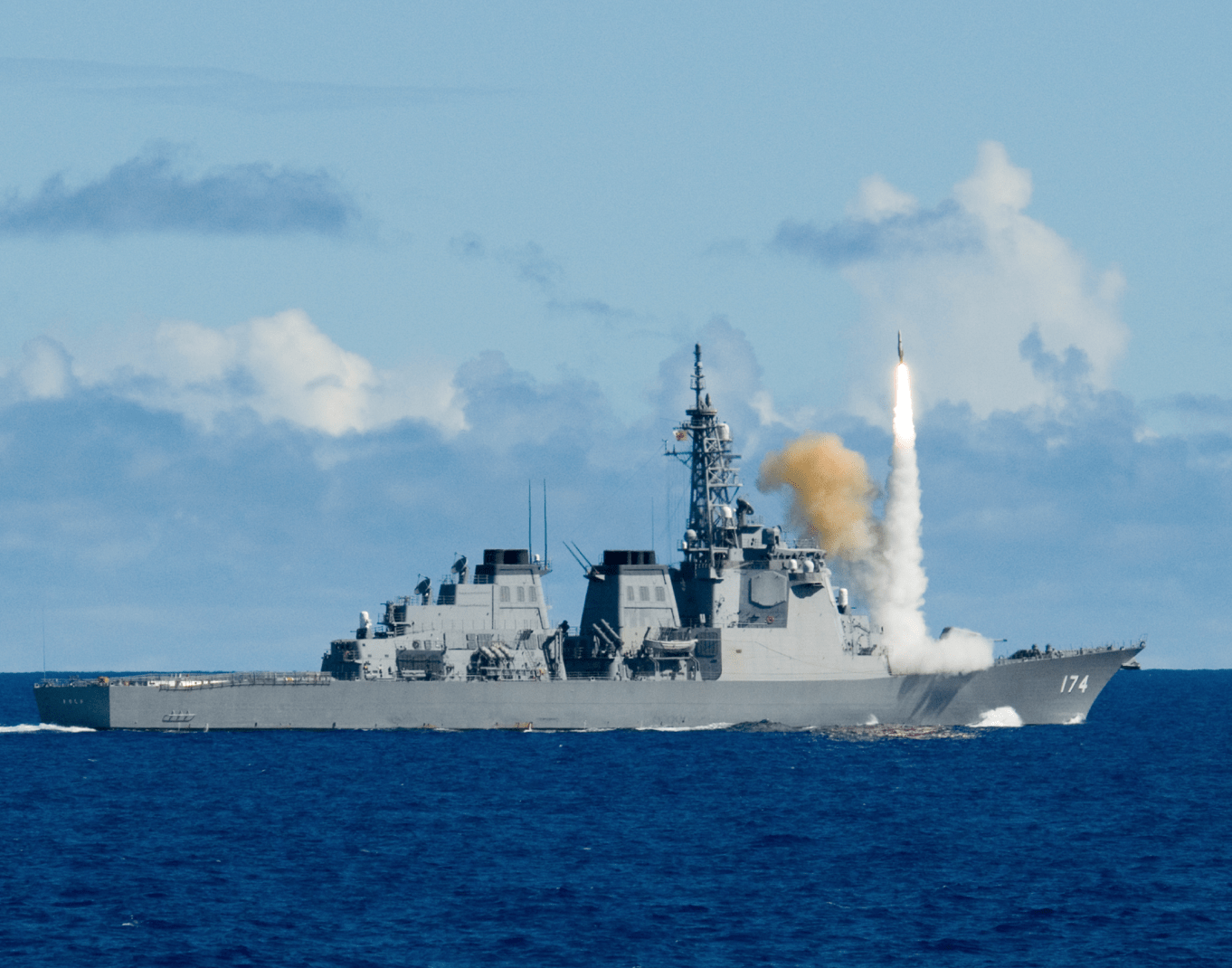 A Kongo-class firing its missile (photo: JMSDF)
A Kongo-class firing its missile (photo: JMSDF)
Even with this repurposing, the four Aegis destroyers remained as the core of JMSDF fleet, with the long-range SM-2 missiles expected as one of the key components for the robust air defense network.
But, when the Kongo-class is focusing on BMD missions, other destroyers such as the “Akizuki-class” are required to fill in the gap for fleet air-defense.
In Service Until 2030〜40?
The Kongo-class continues to play a crucial role in Japan’s BMD defense, alongside the PAC-3 missiles, but the ships have certainly become an old hand within the current JMSDF fleet.
Considering the average lifespan of thirty years, it would not be surprising if decommissioning and the construction of a successor begun.
However, with even older ships like the “Asagiri-class” still in active service, the Kongo-class is expected to stick around for quite some time.
The fact that the Kongo-class is equipped with an advanced Aegis system, unlike other destroyers, also contributes to this extension.
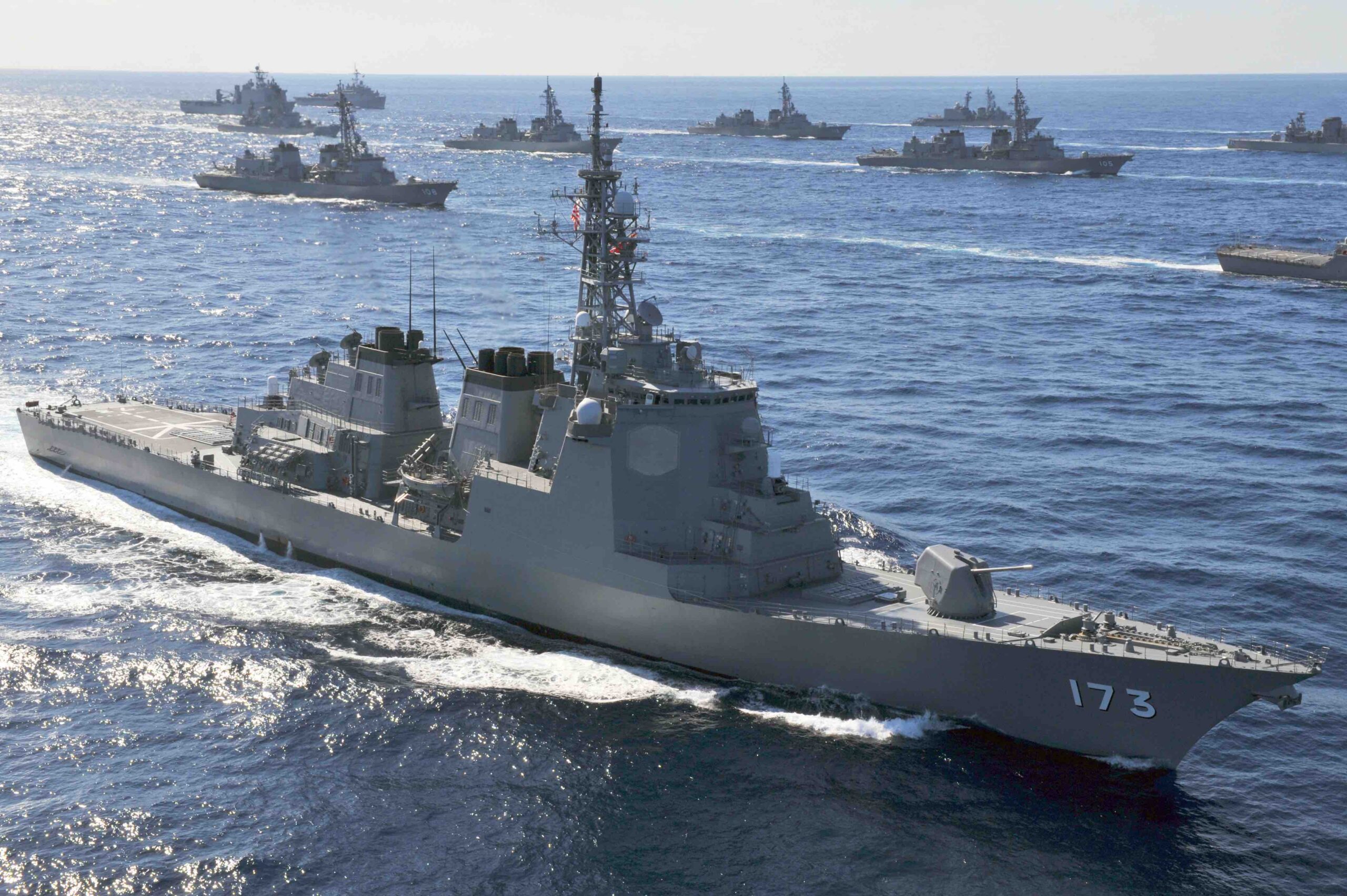 Still a formidable asset for the fleet (photo: JMSDF)
Still a formidable asset for the fleet (photo: JMSDF)
Of course, when compared to the more recent “Atago-class” and the latest “Maya-class” Aegis destroyers, the Kongo-class lags in terms of the software version. Whereas the previous classes host an Aegis system of the Baseline 9 version, the Kongo-class remains at the Baseline 5 level.
※Baselines are versions of the Aegis operating systems like Windows 8 or 10, indicating differences in the types of missiles they can use and disparities in information sharing capabilities.
Likewise, when examining the BMD systems, the Maya-class comes equipped with the BMD 5.0 series from the outset, and the Atago-class has been upgraded to the same version.
In contrast, the Kongo-class is left with the BMD 3.6, lacking the integration between the standard Aegis system and the BMD system. This not only prevents the ship from simultaneously engaging in fleet air defense and missile defense, but also limits its capacity against medium-range ballistic missiles.
Still, even with these limitations, the four Kongo-class vessels will continue to serve as one of the key players in BMD, and the substantial investment made towards these ships will complicate any decision for retirement.
Even without upgrading the BMD system, they can provide fleet air-defense at a degree unattainable for non-Aegis vessels, and the JMSDF’s traditional emphasis on extensive care towards equipment will undoubtedly contribute in extending the ship’s lifespan.
With no concrete plan of a successor in sight, the Kongo-class Aegis destroyers are likely to remain in service for at least another decade, perhaps even until the 2040s.


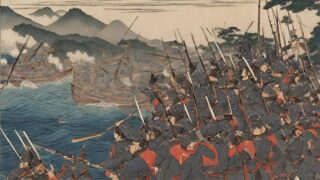
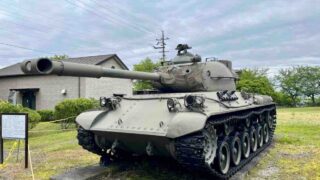
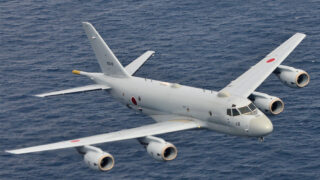
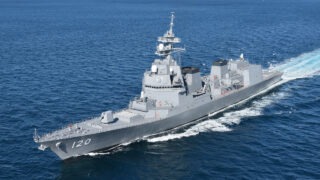

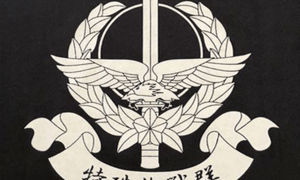
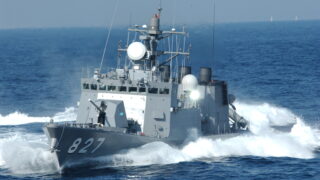
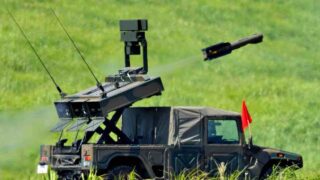
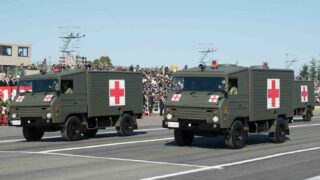
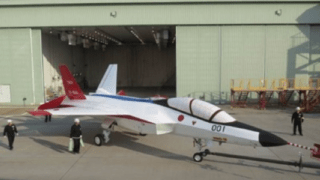

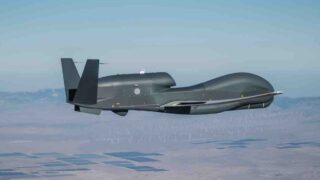
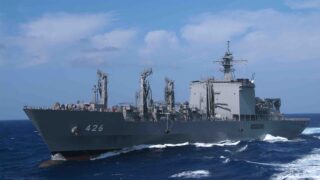
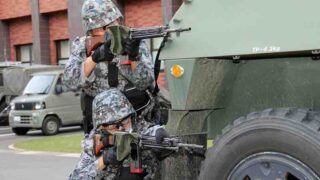

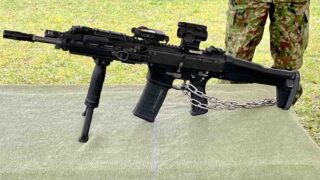
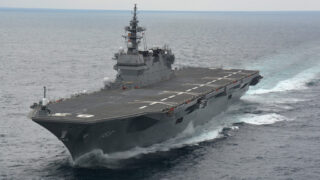
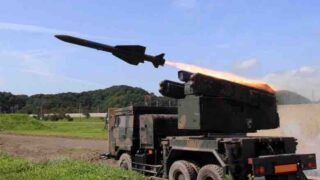
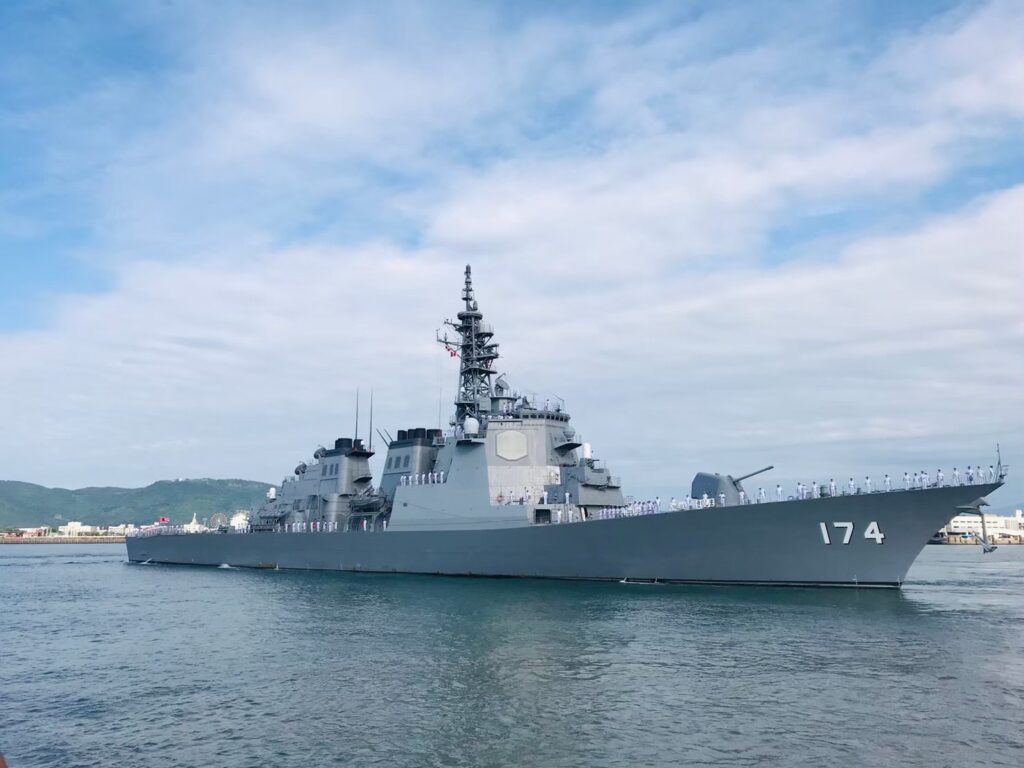
Comments